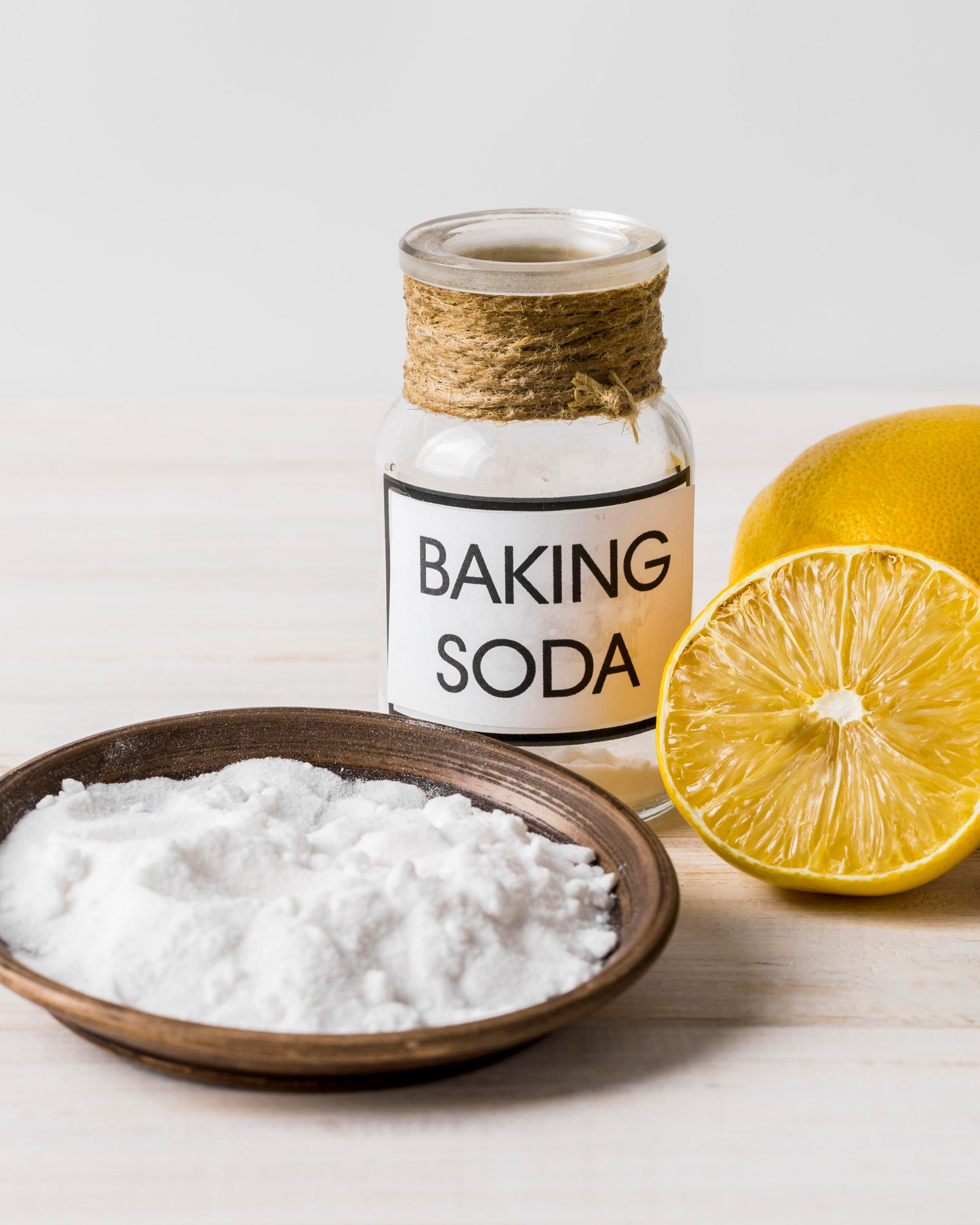A Guide on Caring for Your Silver Jewelry
There’s something timeless and elegant about silver jewelry, but it’s important to know how to care for it properly. Unlike other metals, silver requires specific attention to retain its shine and brilliance. Without proper care, silver can tarnish and lose its luster over time. This guide will walk you through everything you need to know about keeping your silver jewelry looking as good as new.
Why Silver Jewelry Needs Special Care
Silver, especially sterling silver, is a metal that can easily tarnish and scratch if not properly maintained. The tarnish, a darkened layer, is a result of silver reacting with sulfur-containing elements in the air, causing it to dull. While this doesn’t permanently damage the jewelry, it does require regular cleaning to prevent long-term issues.

Storing Silver Jewelry
Storing your silver pieces correctly is key to preventing oxidation. Always store silver jewelry in an airtight container, like a ziplock bag, to reduce exposure to air and moisture. Make sure each piece is stored separately to avoid scratches. Lining storage containers with anti-tarnish strips can also extend the shine.

Avoiding Moisture and Chemicals
Silver jewelry should be removed before coming into contact with water, chemicals, or sweat. Water, especially chlorinated water, can cause silver to tarnish more quickly. Similarly, household chemicals, like cleaning supplies or perfumes, can damage the metal. It’s always a good idea to put on your jewelry last, after applying lotions, makeup, or perfumes.
Cleaning Silver Jewelry at Home
While preventing tarnish is important, cleaning your silver jewelry regularly will help restore its original beauty. You can easily clean silver at home with a few safe methods.

Using a Polishing Cloth
A polishing cloth is a simple yet effective way to maintain the shine of your silver jewelry. These cloths are impregnated with chemicals that help remove tarnish. Simply buff the jewelry in a gentle, circular motion. Regular polishing not only removes tarnish but also provides a protective layer against future tarnishing.

Homemade Silver Cleaning Solutions
For a more thorough cleaning, you can make a DIY silver cleaning solution. One of the most common methods is mixing a small amount of baking soda with water to form a paste. Gently rub this paste on the silver jewelry using a soft cloth, rinse it off with lukewarm water, and pat it dry. Be careful not to use abrasive materials, as they can scratch the surface.

Professional Cleaning Services
If your silver jewelry is tarnished or difficult to clean, use our professional service. Ship it to us, and we’ll restore its shine with care, then return it looking as good as new. Hassle-free and safe!

How to Prevent Tarnishing
Prevention is always better than cure. To minimize tarnishing, store your silver in cool, dry places, and avoid prolonged exposure to air. Wearing your silver jewelry often can also prevent tarnishing because the oils from your skin help keep the metal polished. If you’re storing it for a long period, consider using anti-tarnish bags or silica gel packs to absorb moisture.
FAQs
Can I wear silver jewelry in the shower?
It’s best to remove silver jewelry before showering. Water, especially chlorinated water, can accelerate tarnishing. Any enameling
How often should I clean my silver jewelry?
It depends on how often you wear it. For daily wear items, cleaning every 1-2 months should suffice, while occasional pieces can be cleaned less frequently.
How can I restore tarnished silver jewelry?
A polishing cloth or a baking soda paste can restore tarnished silver. For heavily tarnished pieces, consider professional cleaning.
Can silver jewelry be scratched easily?
Yes, silver is a soft metal and can scratch easily. Always store pieces separately to prevent scratches.
Why does my silver tarnish even when I don’t wear it?
Silver tarnishes due to its reaction with sulfur-containing compounds in the air. Storing it properly in airtight containers can slow this process.
